VASSALBORO — Alewives are at the bottom of the food chain, but the fish’s presence in China Lake’s Outlet Stream is paramount to improved health of the stream and its connected watersheds.

By month’s end, the China Lake Alewife Restoration Initiative will reach another milestone in its goal of connecting the China Lake Outlet Stream with the Sebasticook River and ultimately the ocean. The project will clear a pathway for nearly a million adult alewives, otherwise known as river herring, to return and spawn yearly. A technical fishway is almost complete at Box Mill Dam next to the Olde Mill on Main Street in Vassalboro, which marks the fourth of six dams to be worked on.
“It’s huge. It’s hard to understate,” said Landis Hudson, executive director of Maine Rivers, a Yarmouth based nonprofit whose mission is to promote the ecological health of Maine’s river system. “It’s technically complicated, very expensive and will pull everything together for the final steps.”
According to Maine’s Department of Marine Resources, alewives are eaten by osprey, eagles, great blue heron, loons and other birds. As the prey of many birds, the alewives’ presence protects salmon. Alewives also serve as lobster bait.
“It is important to understand that alewives tie our ocean, rivers and lakes together, providing vital nutrients and forage needed to make healthy watersheds,” the department wrote on its website. “Between and within those various habitats, everything eats alewives.”
Hudson said she got “pulled into rivers” and is proud of seeing the project advance.
“It’s pretty amazing to be a part of making them healthy and more beautiful,” Hudson said.
LAYING THE GROUNDWORK
The first two of the dams were complete removals. The 1999 removal of Augusta’s Edwards Dam and 2008 removal of Winslow’s Fort Halifax Dam opened up a passageway directly from the ocean to the Sebasticook River and to the end of the China Lake Outlet Stream.

Landis Hudson of Maine Rivers, left, and Matt Streeter, also of Maine Rivers and project manager with the building of a Denil fishway, at the project site Tuesday along Outlet Stream by the Olde Mill Place in Vassalboro. The project is designed to restore river access and encourage the return of the alewives. Rich Abrahamson/Morning Sentinel Buy this Photo
A technical fishway was added at Ladd Dam last year, and Box Mill Dam will soon be finished. Technical fishways are not complete dam removals, but are a way for fish to swim up and downstream while working around the dam.
The same will be done at the Outlet Dam next summer. Moreau Dam will be the final dam addressed, but it hasn’t been decided yet how it will be approached in the summer of 2022. The project is expected to be completely finished by the spring of 2023.
Matthew Streeter serves as project manager and is contracted through Maine Rivers.
Streeter, who previously oversaw a computer networking company for more than 20 years in New York City, moved to Maine for good at the end of 2015. He previously lived in Maine for a short time. Streeter saw an advertisement that Hudson ran seeking a person with a biology or environmental science degree. He didn’t have either, but decided to reach out anyway.
“What I suggested was that she needs a scheduling and logistics person,” Streeter said. “It worked out.”
Hudson commended Streeter’s ability to bring people together for a collaborative project when they may otherwise have never met.
“I’m not an expert in any of this stuff, but everyone else involved is an expert in one way or another, so I’ve been able to coordinate with these experts to make sure they’re working well with one another,” Streeter said.
Streeter is often on site as construction at the Box Mill Dam nears completion. Between eight and 10 construction workers from CPM Constructors in Freeport work for eight to 10 hours per day, six days per week on the project. The group worked with engineer Joe McLean of Acadia Civil Works.
The construction at this one site alone cost north of $800,000.
MORE THAN CONSTRUCTION
To get to the point of construction took immense time and effort, including hours of grant writing and attending public hearings.
At first, there was a bit of pushback on the project from some residents in China and Vassalboro, but those concerns have been quelled. Eventually, the town of Vassalboro can reap a profit from harvesting alewives.

Workers finish concrete Tuesday where forms were placed for the Denil fishway being built along Outlet Stream that flows past the Olde Mill Place at 934 Main St. in Vassalboro. The project is designed to restore river access and encourage the return of the alewives. Rich Abrahamson/Morning Sentinel Buy this Photo
“It’s a rare situation where ecological restoration can result in tangible economic value,” Hudson said.
China Lake’s 3,850 acres is targeted by the Maine Department of Marine Resources as a priority for alewife restoration. The project is supported by grants and donations.
Project partners include Sebasticook Regional Land Trust, China Region Lakes Alliance, China Lake Association, Maine Department of Marine Resources, The Nature Conservancy in Maine and the U.S. Fish & Wildlife Service.
The dams within the 7-mile long China Lake Outlet Stream block river herring and other fish. The completion of the project would allow passage for a projected 800,000 to 950,000 alewives and an abundance of American eel, sea lamprey, white sucker and brook trout.
“For the past couple years, fish are being drawn into the stream trying to go to China Lake but getting stuck,” Hudson said. “It’s impressive in the spring to see the fish, but it’s also kind of sad. It’s a remarkable story of restoration and putting a system back together again.”
Vassalboro resident Ray Breton owns property where the Ladd Dam and Box Mill Dam sit. He’s been working with Hudson and Streeter on the project for five years. Breton’s aim was to make sure the sites are accessible to pedestrians.
“The lake will benefit from it, and all the alewives, they feed probably 30 different types of fish and birds of prey,” Breton said. “So when porpoises are coming up to Waterville because of the alewives and seals are coming 80 miles inland to eat alewives, mother nature is coming back.”
“In the springtime when you come up here, it’s unbelievable to see the amount of fish in the water. They’re all lined up side by side next to each other. It’s straight fish. “
Copy the Story LinkSend questions/comments to the editors.


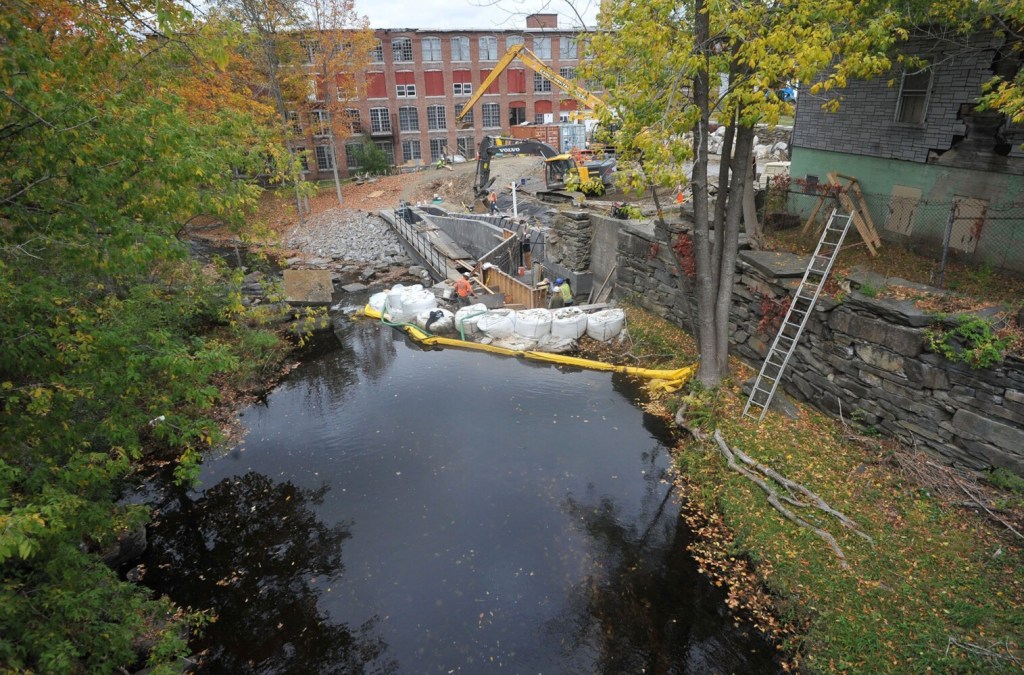
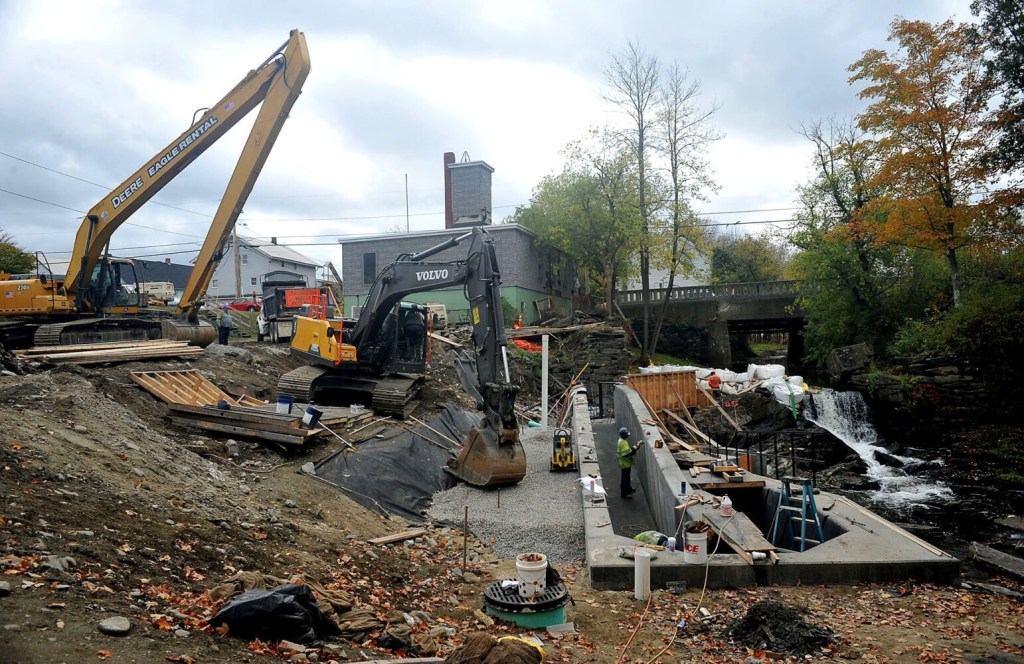
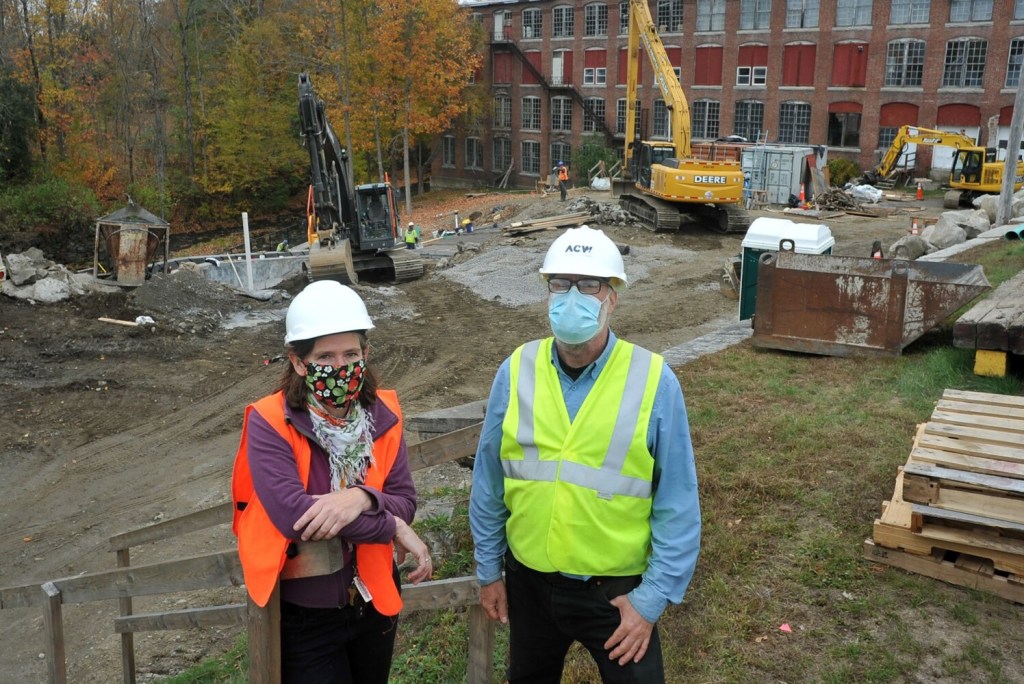
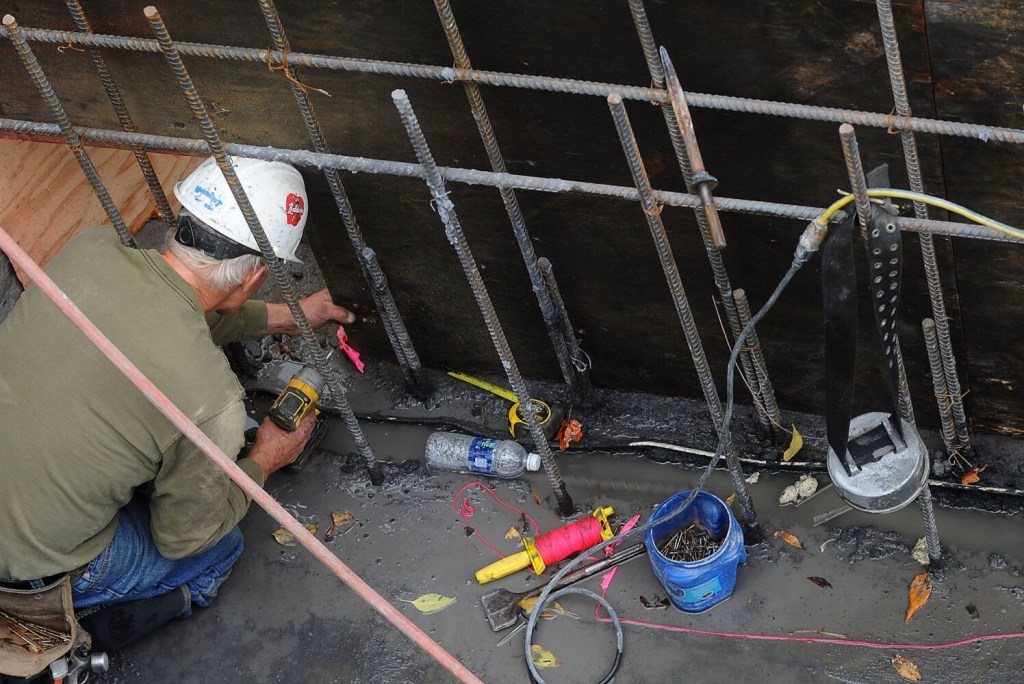
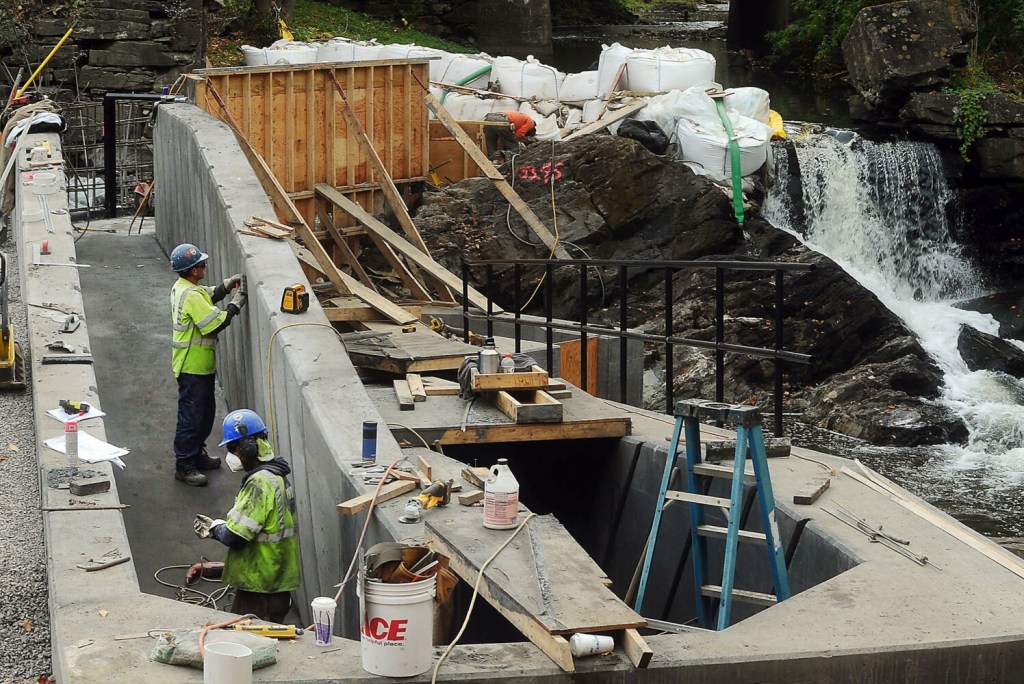
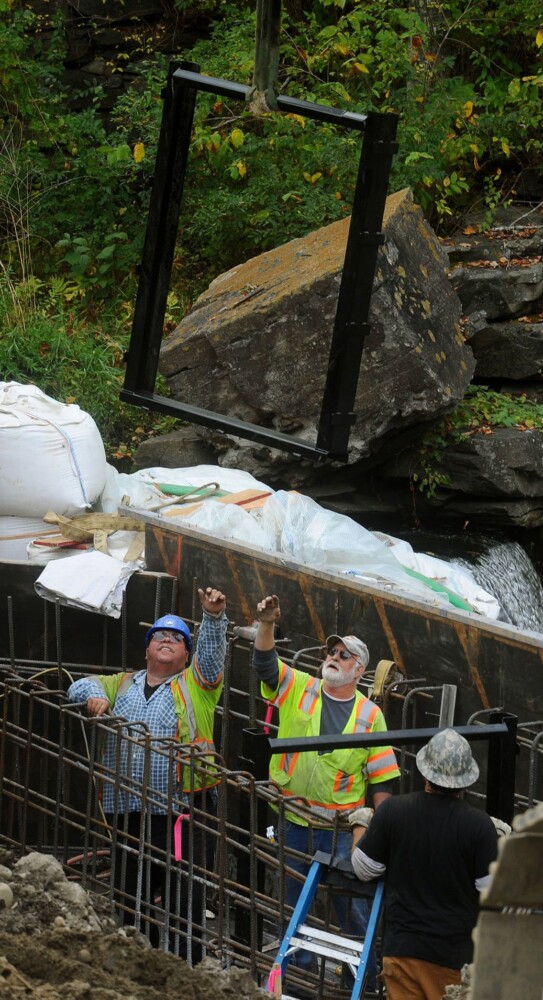

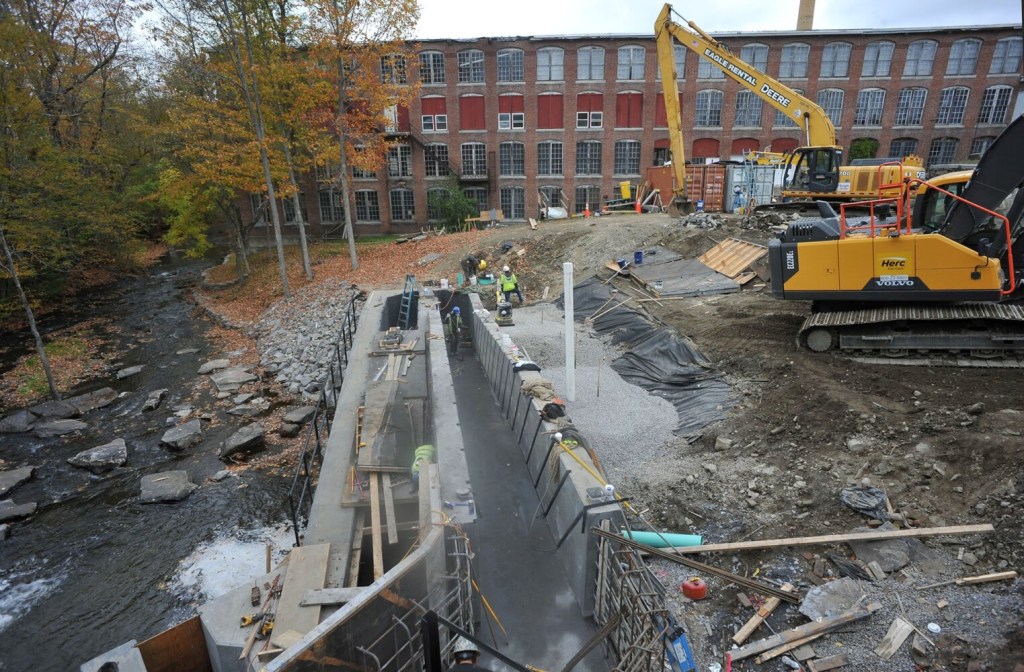
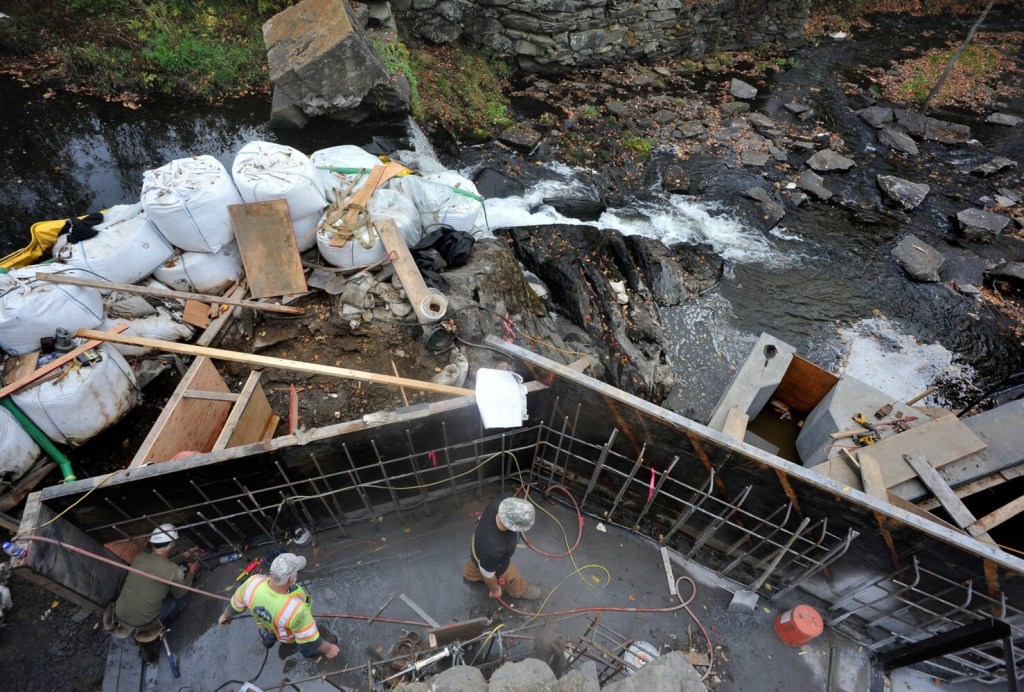
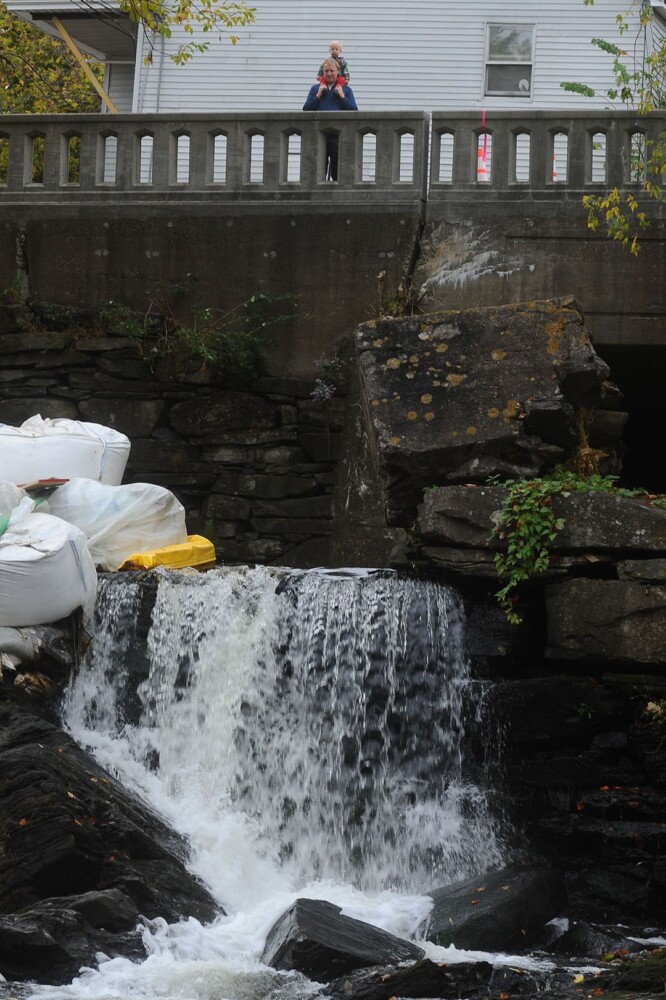

Success. Please wait for the page to reload. If the page does not reload within 5 seconds, please refresh the page.
Enter your email and password to access comments.
Hi, to comment on stories you must . This profile is in addition to your subscription and website login.
Already have a commenting profile? .
Invalid username/password.
Please check your email to confirm and complete your registration.
Only subscribers are eligible to post comments. Please subscribe or login first for digital access. Here’s why.
Use the form below to reset your password. When you've submitted your account email, we will send an email with a reset code.